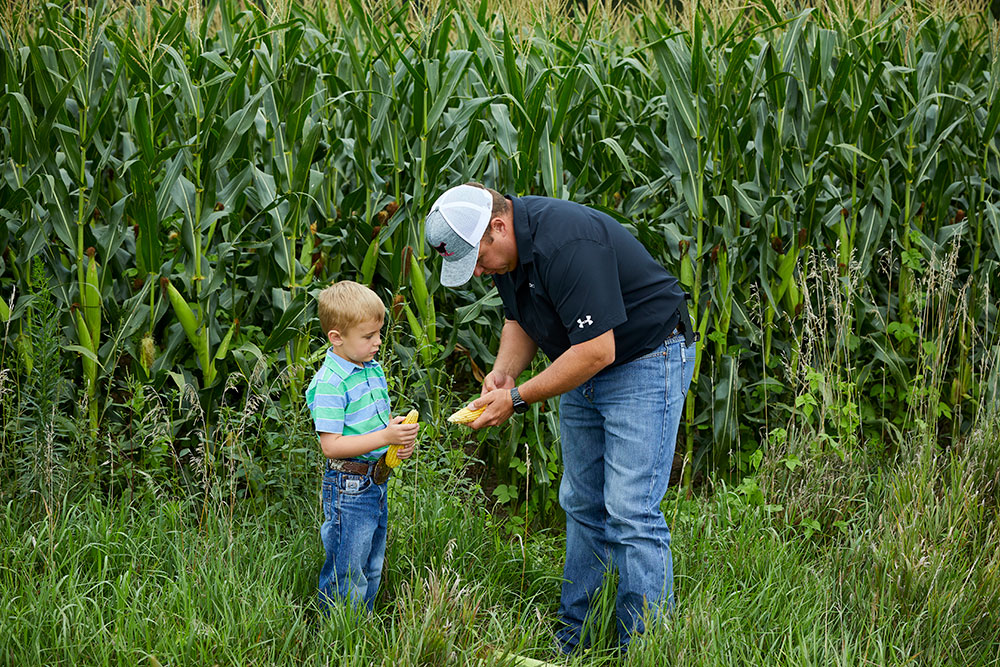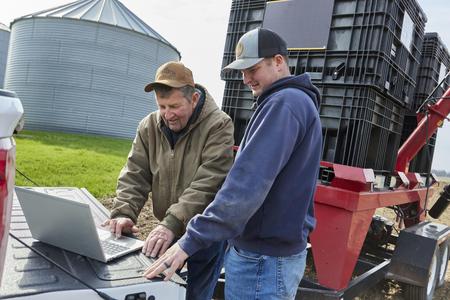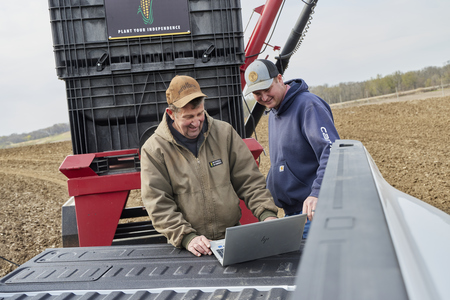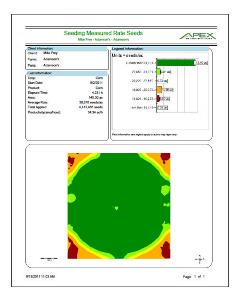Mega Menu
Mega menu is possible in BS5 but we will need to create a custom template layout for the navigation widget. The following is a hard-coded example.

Font Awesome 6
FA6+ icons will work on all widgets.
The FMH Icon box will need a new version created because the styling is broken in Bootstrap 5 templates (this has nothing to do with FA).
FMH Icon Widget
Icons can now be used in Content blocks by pasting the HTML tags from www.fontawesome.com into the HTML editor.
Here are some new icons from Font Awesome 6
face-awesome
envelopes
wheat-awn
Bootstrap Components
Code snippits from http://getbootstrap.com pasted into Content Blocks.
h1. Bootstrap heading
h2. Bootstrap heading
h3. Bootstrap heading
h4. Bootstrap heading
h5. Bootstrap heading
h6. Bootstrap heading
Nav Tabs
Nav Pills
Accordion
.accordion-body, though the transition does limit overflow.
.accordion-body, though the transition does limit overflow.
.accordion-body, though the transition does limit overflow.
Tables
| # | First | Last | Handle |
|---|---|---|---|
| 1 | Mark | Otto | @mdo |
| 2 | Jacob | Thornton | @fat |
| 3 | Larry the Bird | ||
Alerts
Image Carousel
Modals
Sitefinity Widgets
Default, out of the box, Bootstrap 5 templates available for widgets.
The navigation template used above is called Horizontal.
Navigation Widget - Tabs Template
Navigation Widget - Pills Template
Breadcrumb
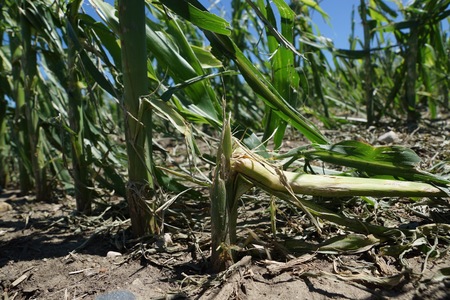

List Widget - Expandable List Template
Precision Claims FAQs
List Widget - Simple List Template
Crop Claims Reminders
-
How To Report MPCI Claims
-
MPCI Claim Reporting Deadlines
-
Appraisals
-
Production Records by Unit
-
Production Delivered to a Commercial Elevator
-
Production From Precision Farming Technology Systems
-
Production Weighed and Farm Stored
-
Authorization for Load Records, Storage Structure Marking, or Combine Monitor Records
-
Fed Production
-
Quality Adjustment
-
What is a Simplified Claim?
-
What can insureds do to expedite the claim process?
List Widget - Anchor List Template
Quality Control Review FAQ
- What can an Insured do to prepare for a review?
- What can Agents do to prepare for a review?
- How does the review process begin?
Quality Control Review FAQ
What can an Insured do to prepare for a review?
Third party documentation (i.e. summary/settlement sheets from the elevator) is required when applicable and available. Insureds are expected to have available hard copy records that will 1) support the total production raised for the crop/county/year being reviewed and 2) that can demonstrate how production was kept separate between various units, practices and types (if applicable).
Insureds will also want make themselves available to meet with the quality control reviewer as the reviews will need to be completed before the claims can be processed.
What can Agents do to prepare for a review?
How does the review process begin?
Documents List - Documents List Template
Documents List - Documents List Template
| Title | Type | Size | |
| 602 KB | DownloadFMHQ Release 2 Guide | ||
| 405 KB | DownloadWFRP Checklist for Agents 2026 | ||
| 504 KB | DownloadWFRP Policy Provisions 2026 | ||
| 3231 KB | DownloadWFRP Handbook 2026 | ||
| 203 KB | DownloadECO_MCO_SCO_Coverage Comparison Flyer |
News Widget - News List Template
News list template is the only template available by default.
Combo Precision-Traditional Claim Processed in Fraction of the Time
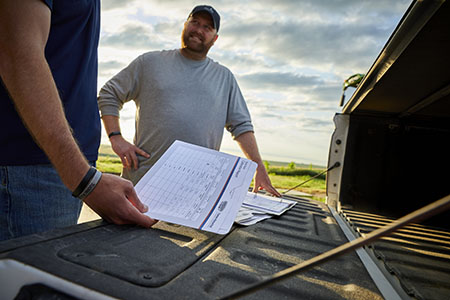 Yuma County farmers Richard and Mark Roth had to beat the weather during their 2019 harvest. With rain in the forecast, a neighbor helped them harvest a pivot, which meant they couldn’t collect that field in their FieldView™ production data.
Yuma County farmers Richard and Mark Roth had to beat the weather during their 2019 harvest. With rain in the forecast, a neighbor helped them harvest a pivot, which meant they couldn’t collect that field in their FieldView™ production data.
“I had been down there several times doing hail appraisals. I had their harvest maps in, and that’s when I talked to Mark and Rick and found out we were missing some data on a couple of the maps,” said FMH adjuster Lynne Ferguson.
The father and son operation farms a combined 5,000 acres of corn, dry beans, and wheat, almost entirely irrigated. They have been using precision technology in their operation for years, but only recently started using FMH Precision Crop Insurance Solutions™ to streamline their reporting and claims processes.
When Ferguson received the production claim notification for the Roth farm, she was able to pull maps and FSA records (needed to verify shares in Colorado) and process a majority of the claim prior to contacting the policyholders for an appointment, saving them all some time.
“If the policyholder sends FMH their precision data for acreage and production reporting, we can pull that from the system for the claim,” she explained. “They only need to provide calibration records.”
When she arrived at the farm to complete the claim, she explained that their precision records could be used for most of the claim, and just a portion of it would be verified with traditional methods.
"Instead of measuring 40 bins for them, I only had to measure two," she said. "For me to take the whole thing – from gathering their maps to putting in the production in the claim, and going down and measuring the bins and meeting with them to go over everything – it took less than 8 hours. It took less than a day."
Ferguson added that had all their information been on their precision records, it would have taken even less time. Overall, her time spent with the farmers was only a quarter of the time she would have spent on their farm using traditional methods.
“To measure 40 bins is going to take you anywhere from three to four days, and then you’ve got to put all that information in and transfer it and make sure your bin measurements are close to what the farmer thinks they had. It could take as much as a week,” she explained.
The only additional documentation Mark and Richard needed to provide for the precision claim was their calibration records – which was just as easy as providing their precision data for reporting.
“They have self-calibrating combines. He just takes photos and texts it to me,” said Ferguson. “I tell all my guys that. They say, ‘I always lose my paper I write all my figures on.’ I always tell them – you’re carrying your phone, take a picture!”
Precision Technology Specialist Branden Plummer confirmed that if the picture clearly shows the required information, it is still acceptable by RMA. “We just need to see the monitor weight, the scale weight, and moisture percentage for that load. Sometimes we might need to transfer it onto one of our claim reports, but it works,” he said.
shows the required information, it is still acceptable by RMA. “We just need to see the monitor weight, the scale weight, and moisture percentage for that load. Sometimes we might need to transfer it onto one of our claim reports, but it works,” he said.
Ferguson added that if a farmer is already using precision technology in their operation, using the data they are already collecting for crop insurance is an easy addition that doesn’t take a lot of extra effort. “If farmers calibrate, if they follow directions, if they understand what precision is…It makes a huge difference for them,” she said.
For Mark and Richard in particular, she noted, “It’s huge time savings and for these guys – they thought it was wonderful. They thought it was easy.”
Blog Posts Widget - Blog Posts Lists Template
-
Reporting Acreage with FMH Precision Solutions
Many policyholders already collect precision ag data during planting. Put that data to work to report acreage for crop insurance with FMH Precision Solutions.Full story -
Prepping Your Customers for Planting with Precision
Help your farmers use the precision data they're already collecting to simplify planting and reporting this spring.Full story -
Q&A with an FMH Precision Tech Specialist
Learn how our expert staff supports agents getting started with Precision SolutionsFull story -
Traditional vs. Precision Claims: What Are the Differences?
Oct 16, 2023, 14:01 by Eric RicheLearn how Precision Solutions can lead to simplified claims and easier APH reviews for your customers.Full story -
See How Precision Solutions Saves Premium and Improves APH
See the difference with examples from our recent FieldView™ Partner Connect webinar.Full story
